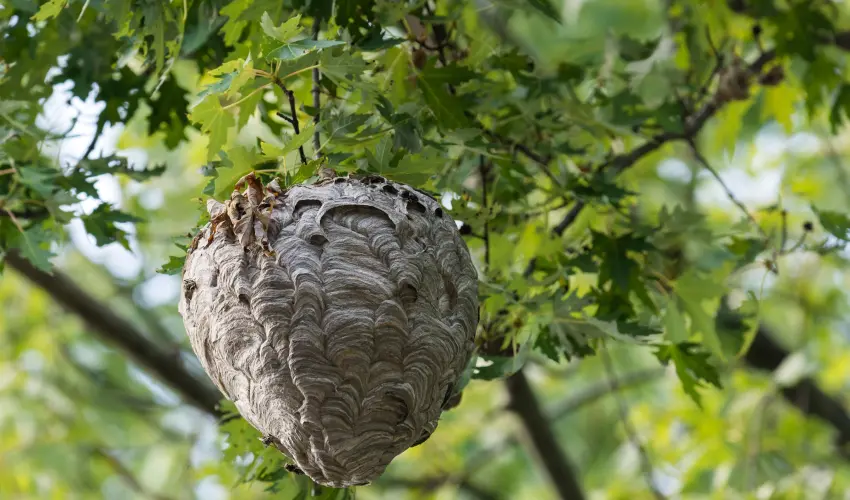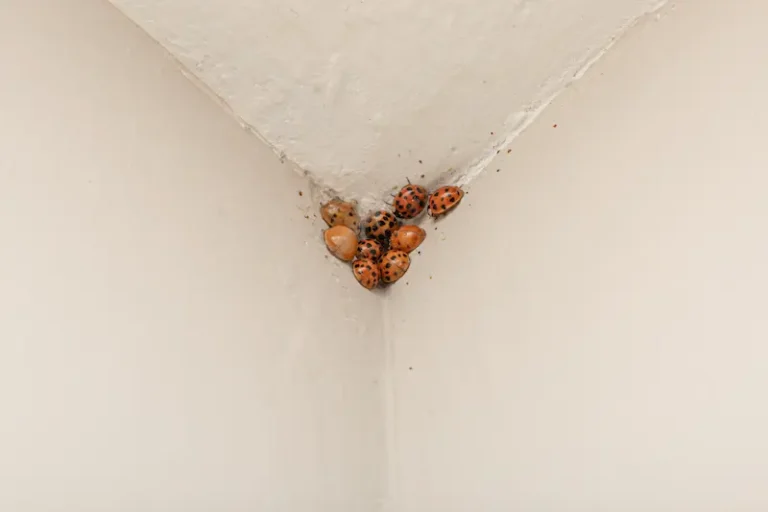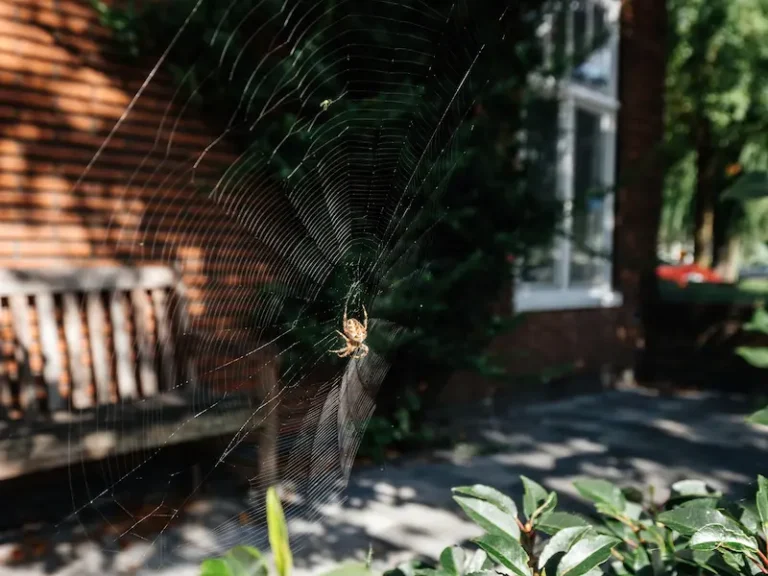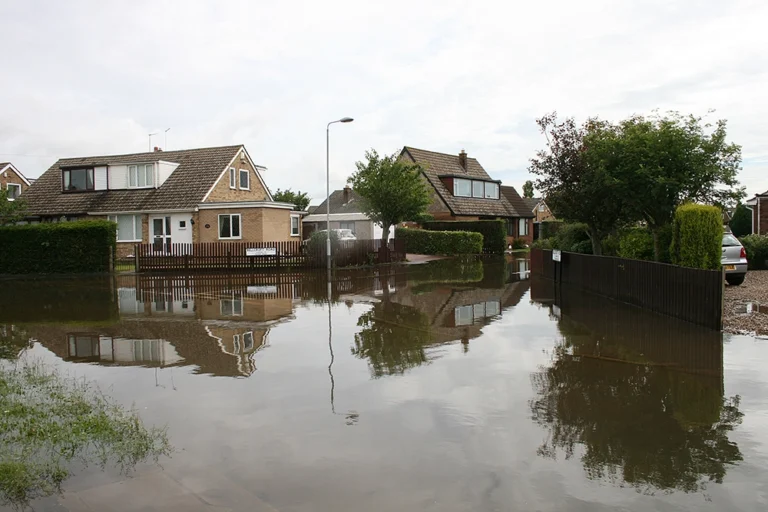Hornets are skilled nest builders who thrive in various settings, from wall cracks and open areas to tree hollows and underground spaces. Unlike bees or wasps, they rarely use burrows, preferring spots like trees, shrubs, eaves, and wall voids. Though they’re often mistaken for wasps, hornets have unique nesting habits that help with identification and understanding their behavior.
Recognizing a hornet nest can protect you from stings since these insects react aggressively when disturbed. Discover what makes them such a threat.
The Most Common Type of Hornet Nests
The two hornet species most often found in Indiana, Illinois and Kentucky are European hornets and bald-faced hornets. Their nests have distinct features that help with identification.
European Hornet Nests
European hornets build their nests in protected spaces like wall voids, hollow trees, and attics, where their colonies can grow to include hundreds of hornets. These locations offer safety from predators and shelter from the elements, making them ideal for nest development.
Composed mostly of wood pulp, the nests have a paper-like look that’s smooth and multi-layered.
Bald-Faced Hornet Nests
Bald-faced hornets often build their nests in visible spots like trees, shrubs, or under the eaves of buildings. These gray, round, paper-like structures can grow up to 24 inches wide and typically dangle from branches or rooftops.
Even though hornet nests are easy to spot in exposed locations, they’re best left alone. Taking steps to deter them can help you avoid painful stings and protect your outdoor space.
Take Action Against Unwanted Pests
At Action Pest Control, we’re always ready to help you with your pest control needs. Contact us for a free, no obligation quote, or call us at 877-420-0849 to get started today.
Where Are Hornet Nests Found?
Known for their adaptability, hornets select nesting sites based on their species and local environment. Their nests frequently appear around houses. Look for them in spots like:
- Exposed Locations: Hornets commonly hang their nests openly from tree branches or large shrubs where they are easily visible.
- Sheltered Areas: Bald-faced hornets often build nests under roof overhangs, in sheds, or on porches where they find protection.
- Ground Nests: Although uncommon, some hornet species may establish nests at or just below the ground’s surface.
- Hollow Trees: Natural cavities in trees provide a secure and sheltered environment perfect for hornet colonies.
- Wall Voids: European hornets frequently choose hidden cavities within walls of buildings as safe nesting sites.
Homeowners can often tell a hornet’s species by where the nest is found, which guides the best way to handle it. Our knowledgeable stinging insect specialists can identify the species from the nest and offer safe, efficient removal solutions.
Need Help With Hornet Nest Removal?
Discovering a hornet nest on your property can be overwhelming and dangerous. Avoid injury by leaving removal to our expert team. We’ll safely handle the nest to protect your home and family. Find out more about our professional nest removal services today!
Contact Action Pest Control today for a free quote and personalized expert advice to meet your pest control needs.
FAQs
What is the difference between a hornet nest and a wasp nest?
Hornet nests tend to be larger, spherical, and constructed from a gray, paper-like material. They are often found in trees or under roof eaves. Wasp nests, however, vary greatly in shape, size, and materials depending on the species. They can be open hexagonal cells, comb-like formations, or fully enclosed nests. Both types serve as homes for their colonies.
How long will a hornet’s nest last?
Hornet nests typically last for one season. The queen begins building in spring, and the colony grows throughout summer. Once winter arrives, the colony dies, and the nest is abandoned since hornets rarely reuse old nests.
Should I be worried about a hornet’s nest?
Yes, hornet nests located near human activity can pose a danger. Hornets are defensive and can sting multiple times. It’s safest to keep your distance and contact a professional for removal.
Should I destroy a hornet’s nest?
No, trying to destroy a hornet’s nest on your own can trigger aggressive behavior, increasing the chance of stings and injury. A pest control professional has the expertise and equipment to remove the nest safely.
Should I just leave a hornet’s nest alone?
If the nest is in a remote area with no threat to people, it’s usually fine to leave it alone since the colony will die off in winter. However, nests close to homes or frequented spots should be dealt with by pest control experts.



